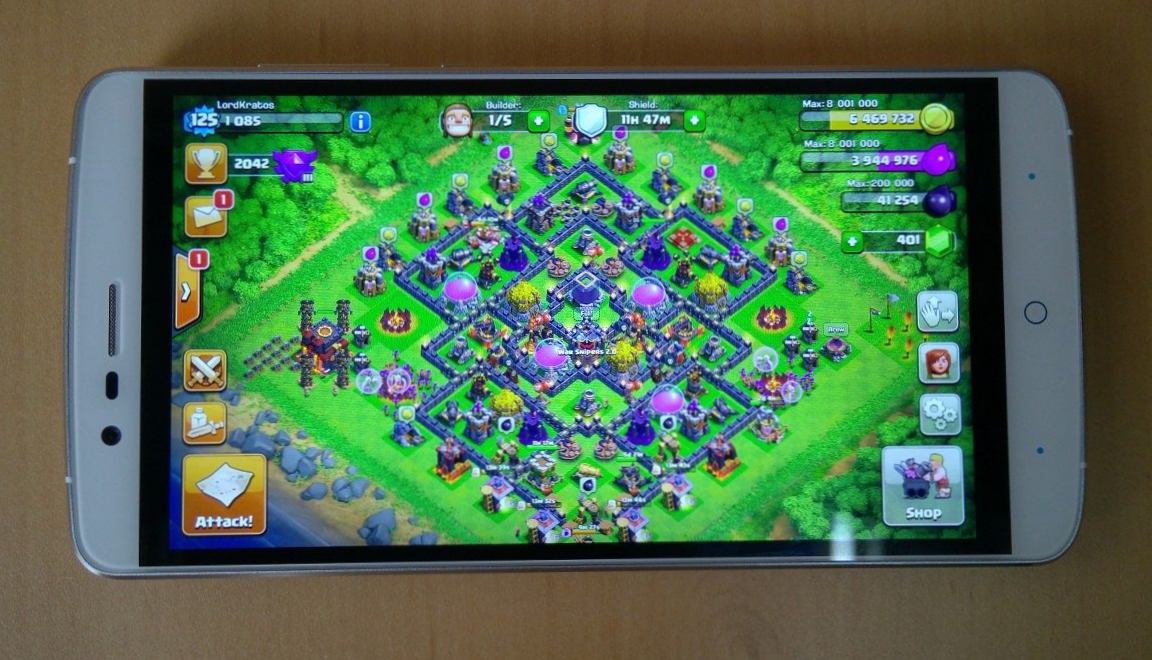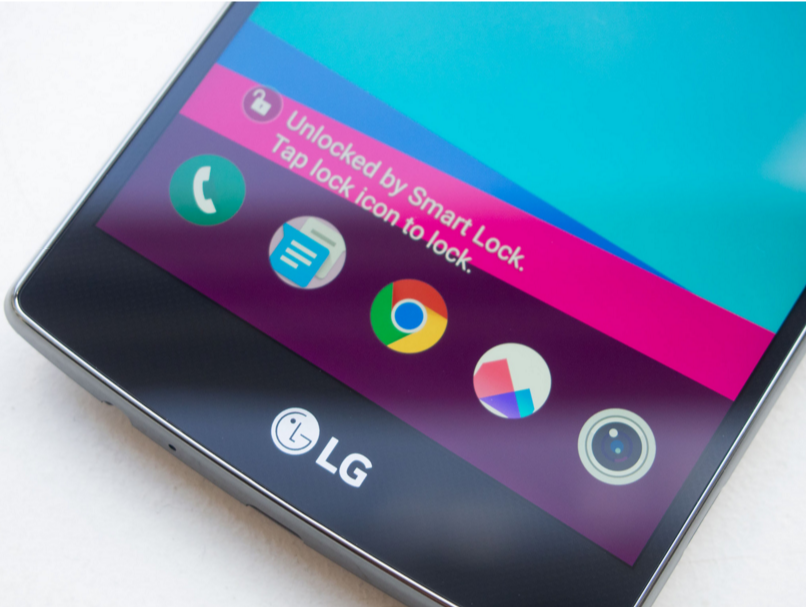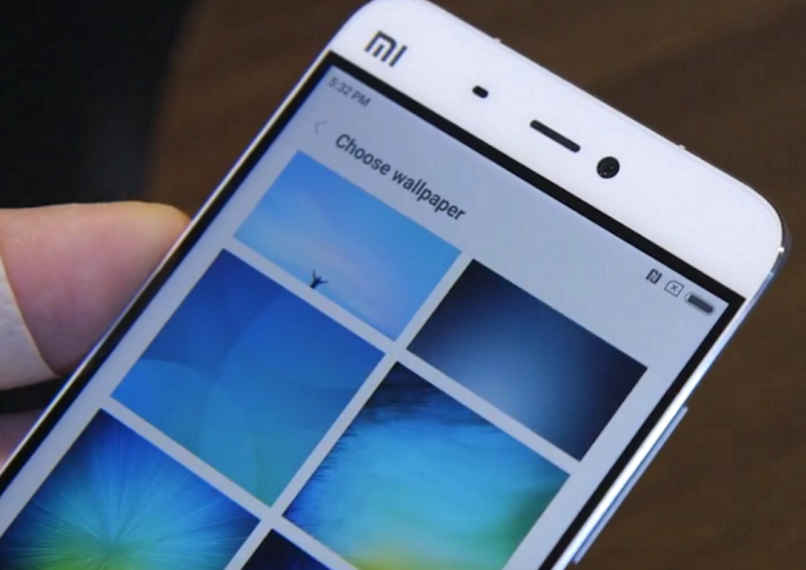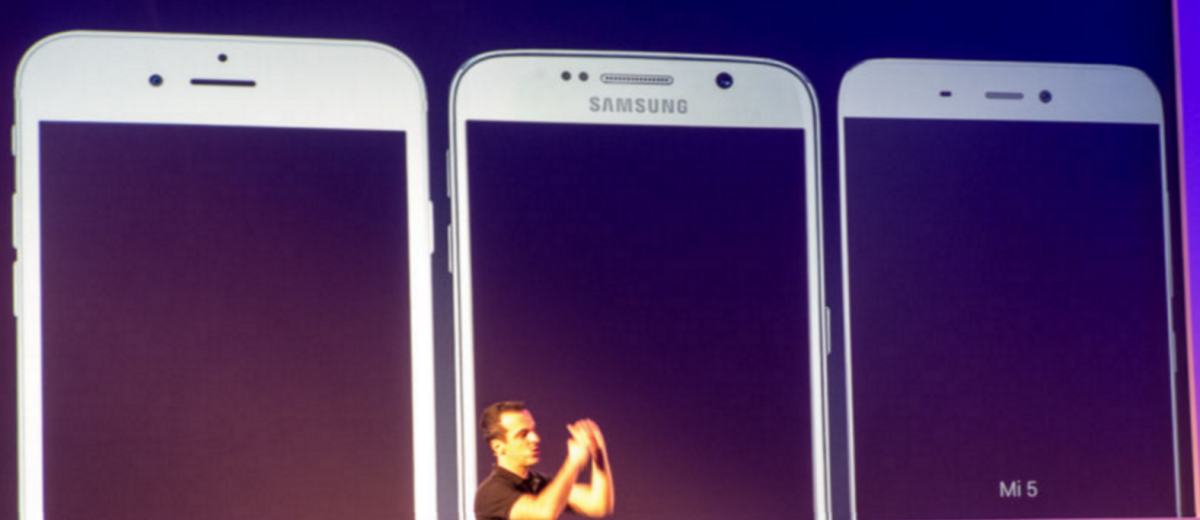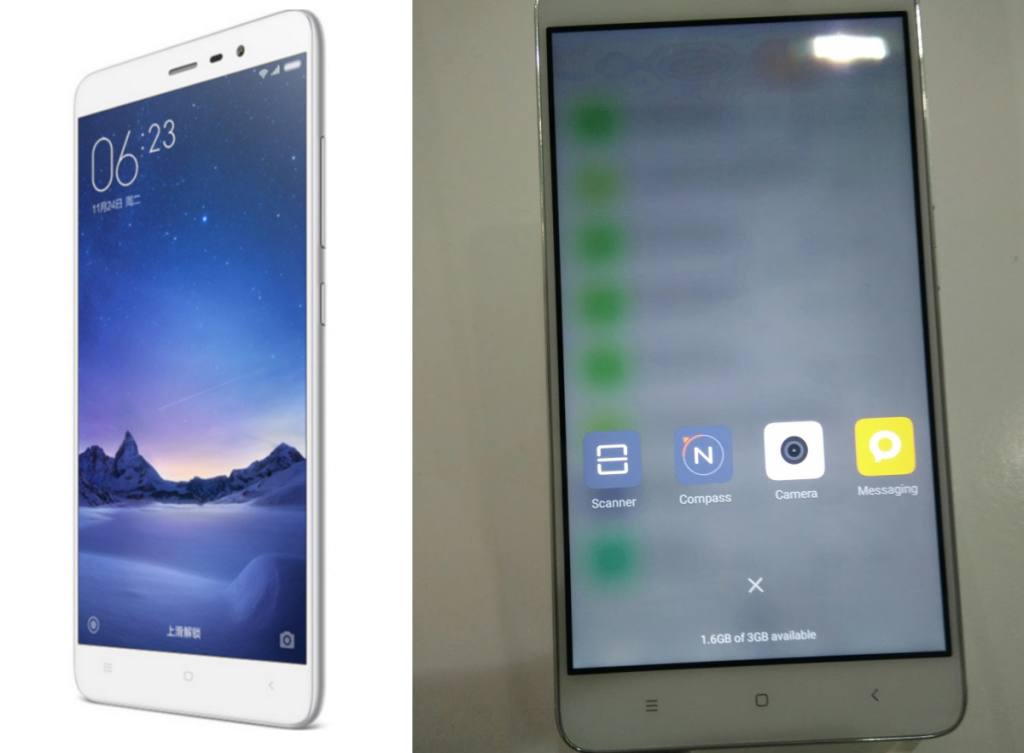Let me set the scene for you. You’ve just gotten home after purchasing a new phone. The static electricity makes the plastic bag cling, with an almost supernatural will, to the box. You run your fingers over the embossed letters as you open it.
The plastic is carefully peeled back as you reveal the phone in all its glory, and you marvel at the gorgeous build quality, reach with a trembling finger for that first, exhilarating boot… only to find that what you thought to be a brilliant and radiating 5-point-something inch screen is actually framed by massive, dark bezel. You feel fooled - dirty, even, having fallen for the marketing that made it seemed much bigger. No big deal, you tell yourself; it’s still a beautiful device, but deep down, you’re disappointed.
Of course, this is an example of extreme nitpicking. And yet, it’s a small detail that can have a disproportionately large effect on the user experience. Adding a black bezel that make the screen seem larger than it is might seem like something that only budget, no-name OEM’s resort to to make up for not quite managing to manufacture something as good as the big players. But no, the large OEM’s are far from innocent in this.
Just to illustrate the problem, let’s take a look at a few different examples. First, we have the LG G4.
Here, the dark front of the phone helps to further mask the very minimal inner black bezel. Perfectly reasonable borders, what a silly thing to complain about, right? The G4 is, sadly, not the worst offender, and despite the decreasing screen-to-body ratios of their phones, it's neat to see that they take the hit by not hiding the bezel too much. Well, take a look at another example: the Xiaomi Mi5, unveiled at MWC 2016.
Holy smokes, batman, what happened here? Somehow, somewhere, several people with the power to change it took a look at that and said, “Yeah, that’s great!” While the overall design of the Mi 5 is absolutely gorgeous, those black bars bring me Vietnam-style flashes of sitting huddled on the kitchen counter as a wee lad playing Pokemon on my Gameboy Colour.
 But that's not all! As shown above, Xiaomi was actually bragging about their screen-to-body ratio, with very deceiving graphicss that, of course, do not show the black border at all. Why? Well, the motives are obvious to anyone that understands marketing.
But that's not all! As shown above, Xiaomi was actually bragging about their screen-to-body ratio, with very deceiving graphicss that, of course, do not show the black border at all. Why? Well, the motives are obvious to anyone that understands marketing.
Again, it’s not just a thing for the lesser known brands. The Nintendo-vibe is strong in the HTC M9 as well. Though, to be honest, HTC uses those black borders as a recurring design feature of (at least) their past 3 flagship devices, but it still seems like a way of making the screen seem bigger than it is. If it’s covered by glass, it’s a screen, right? Right.
Why is this the case then? Some might argue it’s simply a question aesthetics. An “outer” bezel, with a matching, symmetrical “inner” bezel might be seen as aesthetically pleasing. However, an argument could still be made that, no matter how strong your (very casually named) OCD, that inner bezel won’t satisfy it; indeed, it might even trigger it. And once it’s there, it gnaws in the deepest corners of your mind. Some would perhaps argue that it’s function that brings us that black inner bezel. Personally, I’ll agree that having no bezels at all might be a detriment to how the screen is perceived. No framework whatsoever around the screen could cause it melt into the background easily, making it difficult to at a glance identify where the screen ends. But that’s not the case here either.
The second big problem with this is deceitful marketing, which you can find many examples of among Eastern OEMs. So what’s the deal? Why do OEMs feel the need to cover an otherwise great-looking device with a black frame that stays hidden until the device is turned on? Perhaps marketing buzzwords are the greatest reason behind this. Ever since the hardware keyboards were removed in favour of a touchscreen (and the “smartphone revolution”), having a good screen-to-body ratio became more important. After all, when more or less the entire front of the device is covered by a screen, it’s not strange that the screen would bear the brunt of the scrutiny. It is the main aspect, the very essence of the device, the "interface with the user interface" one could say. Brilliant specs would - however illogical it may be - greatly overshadowed by the negative press a poor screen brings. Yet, those are all arguments for improving the screen, not diminishing it.
Sure, I could just slap a dark wallpaper on the homescreen and pick night mode whenever possible and have the whole issue swept under the rug for most of the time I use my phone. My phone has an AMOLED screen; that’s probably what I’ll do sooner or later anyway. And of course the bezels around the phone (that are not part of the screen) fill a function. There’s plenty of hardware to fit into a phone, and so on and so forth, but cutting corners just to make the screen-to-body ratio seems entirely absurd. Even if you think it looks pretty, even if it sounds better to call your 5.18” screen a 5.2” one, even if the screen-to-body ratio doesn’t hit some arbitrary percentage point. I fully understand the sentiment, it’s the same reason I say I’m 180cm tall instead of 179-point-something. But I don’t pad my shoes like some OEMs do, and it needs to stop. The biggest offender here is not just the reality of it, but the fantasy painted through marketing and vague claims that ultimately turn this black bezel into a disappointment.
What are your thoughts on the practice? Are we being extreme, or is this misleading marketing really wrong? Let us know below!

